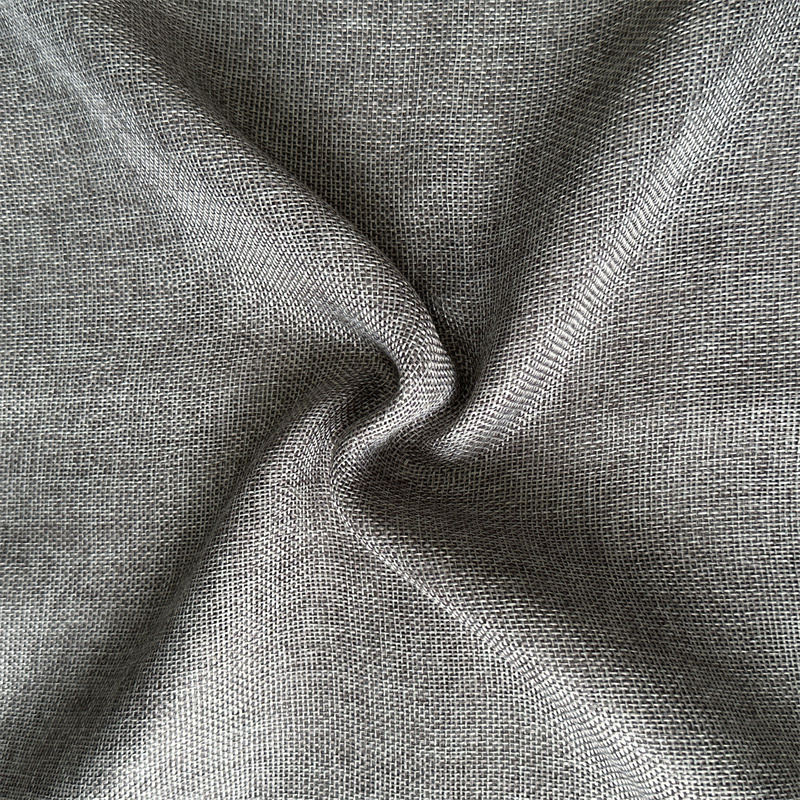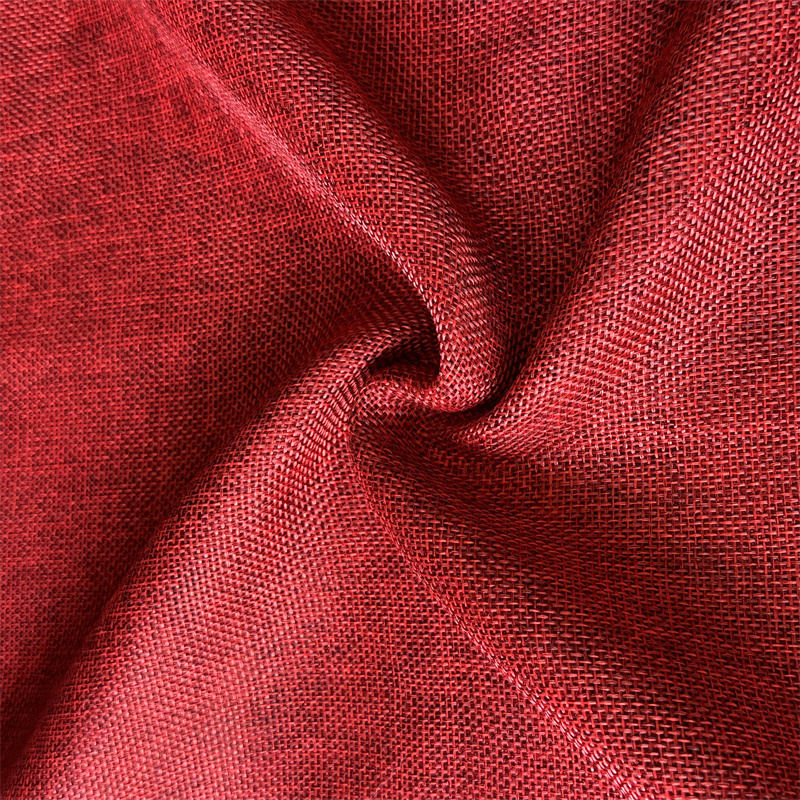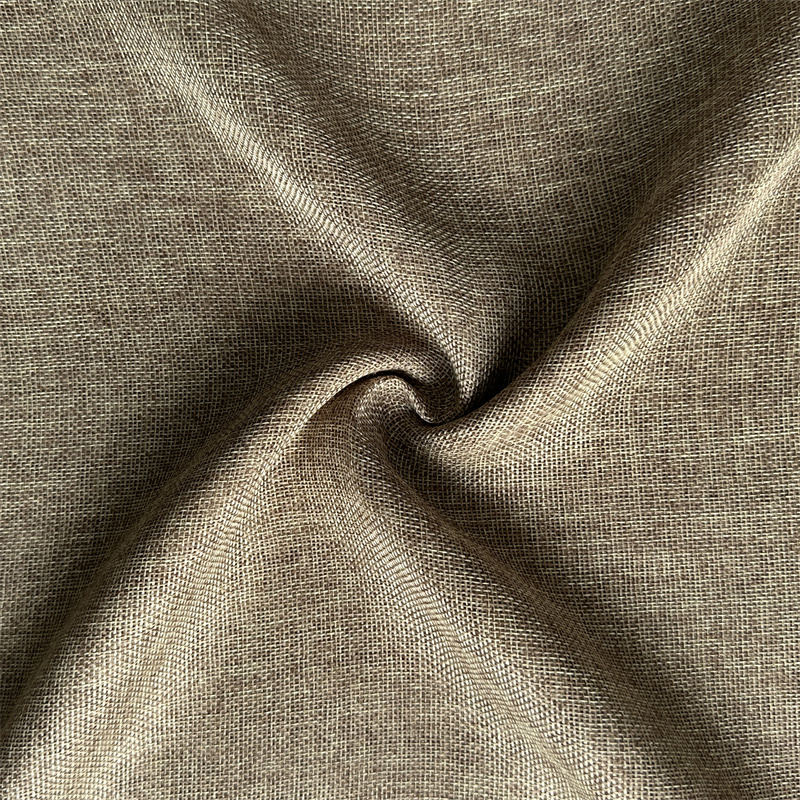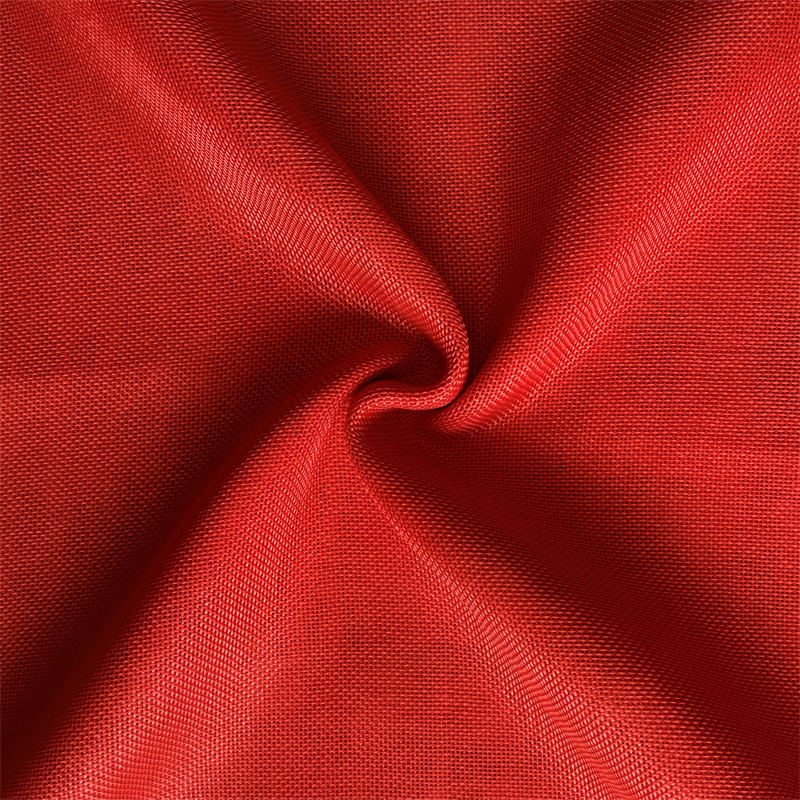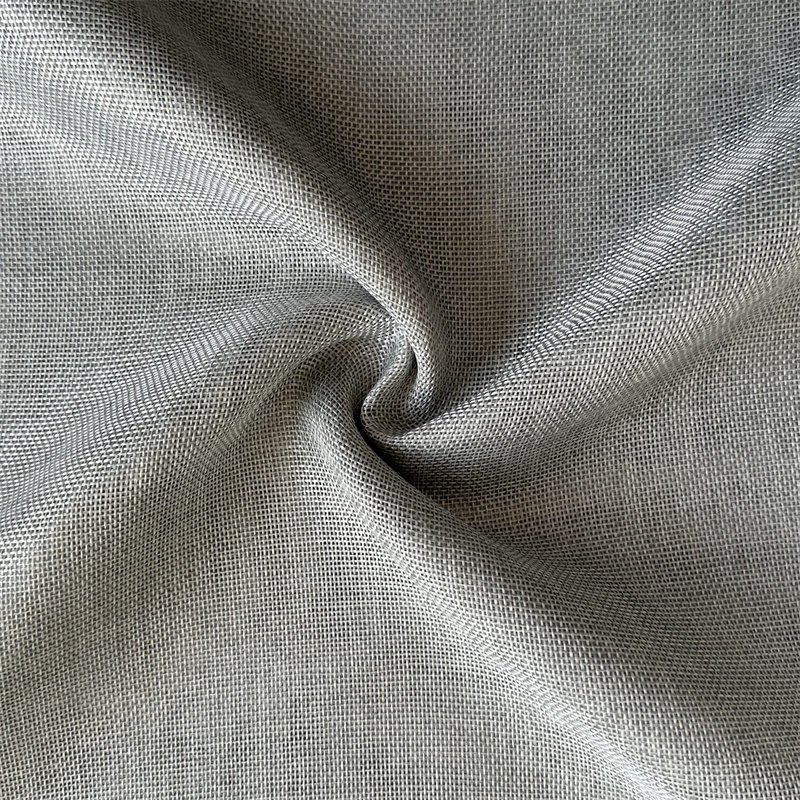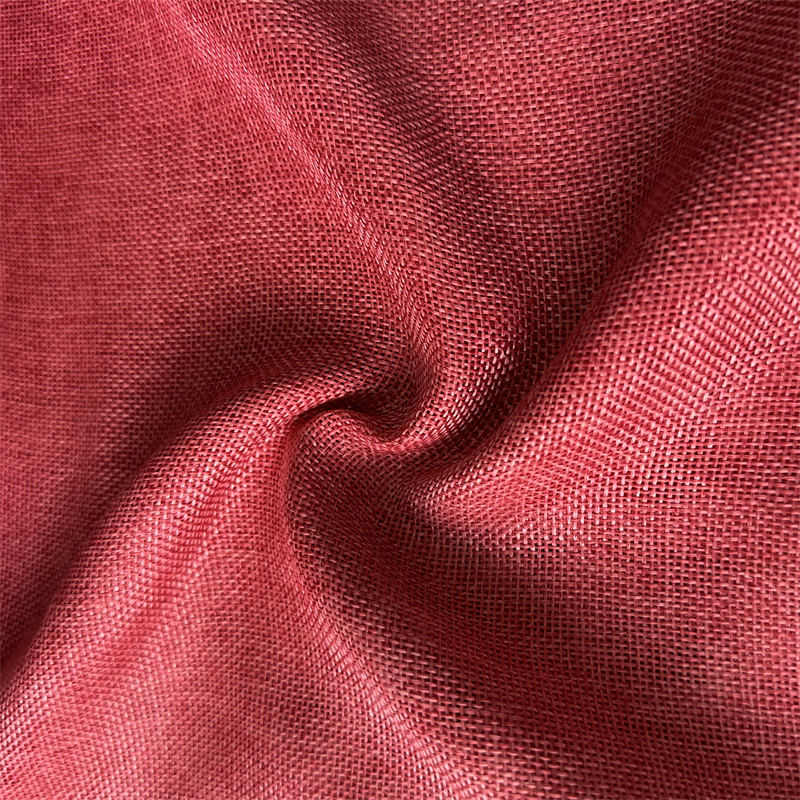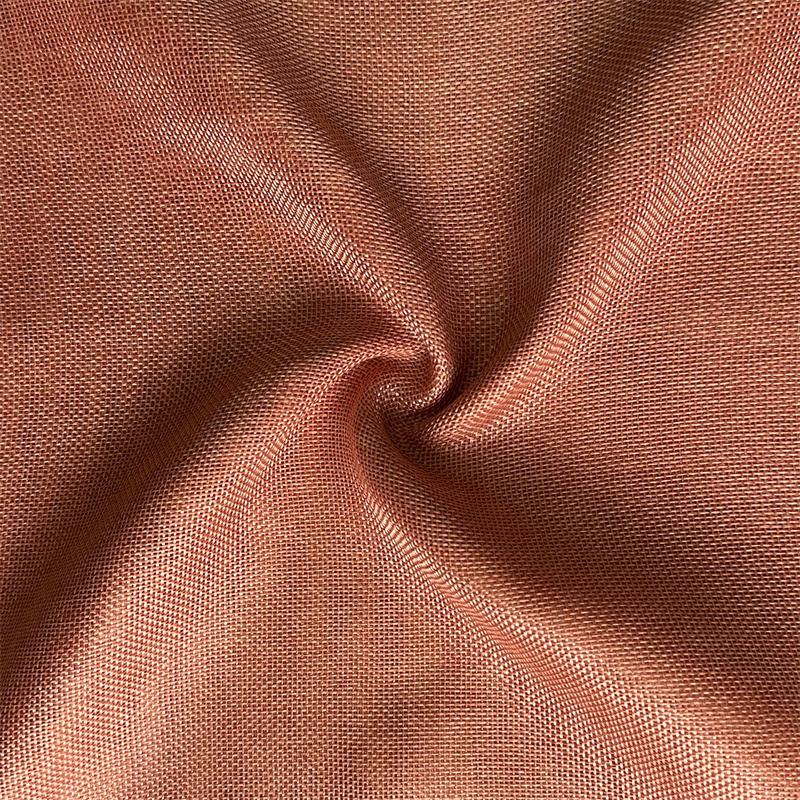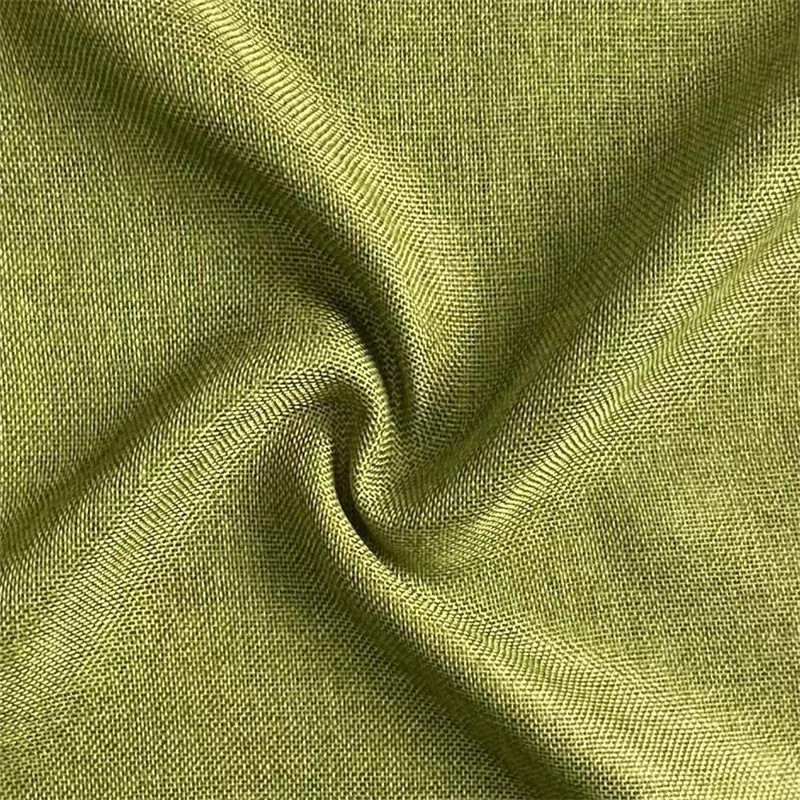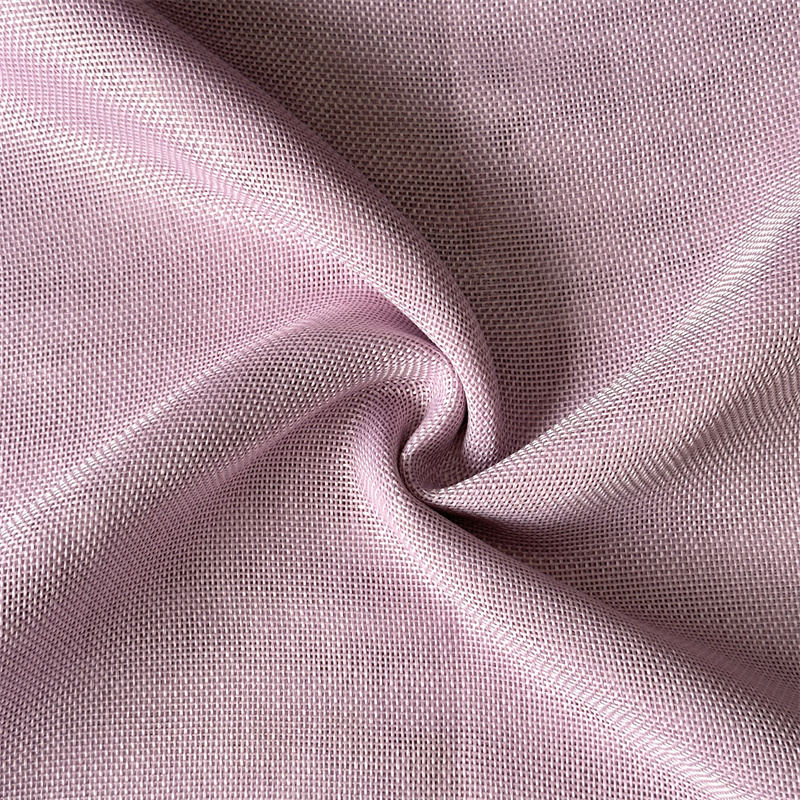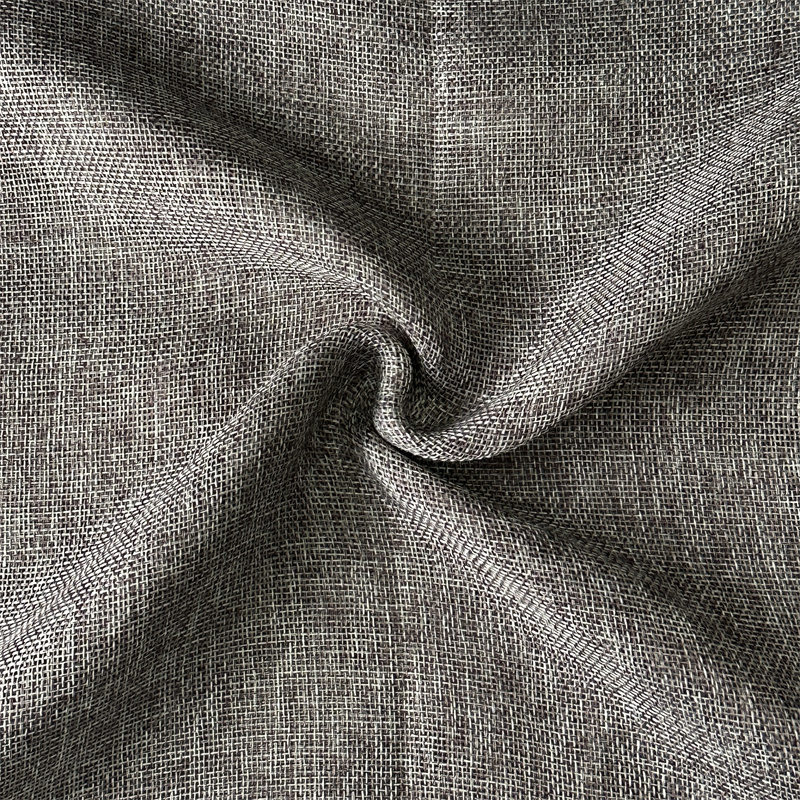When summer arrives, comfort, breathability, and style become the top priorities for both clothing and home textiles. Fabrics play a crucial role in determining how well garments and interior furnishings can withstand heat, humidity, and frequent use. Among the many textile options available, polyester linen fabric has gained popularity as a versatile blend that combines the benefits of natural and synthetic fibers. But the question remains: Is polyester linen fabric really suitable for summer clothing and home textiles?
This article explores the properties of polyester linen, its advantages, drawbacks, and the practical reasons why it is increasingly used in warm-weather apparel and home décor.
Understanding Polyester Linen Fabric
Polyester linen fabric is a blended textile, usually created by mixing natural linen fibers with synthetic polyester fibers in various ratios. Linen is derived from the flax plant and is valued for its natural coolness, high breathability, and moisture-wicking ability. Polyester, on the other hand, is a man-made fiber recognized for durability, wrinkle resistance, and affordability.
When woven together, these fibers produce a fabric that balances the softness and breathability of linen with the resilience and easy-care qualities of polyester. Depending on the blend ratio, polyester linen can range from lightweight and breezy to slightly heavier and more structured.
Advantages of Polyester Linen for Summer
1. Enhanced Breathability
Linen fibers have a natural ability to allow air circulation, which keeps the skin cool in hot climates. While polyester on its own may trap heat, blending it with linen retains much of the ventilation benefits. This makes polyester linen blends breathable enough for summer clothing like shirts, dresses, and skirts, as well as for home textiles such as curtains and cushion covers.
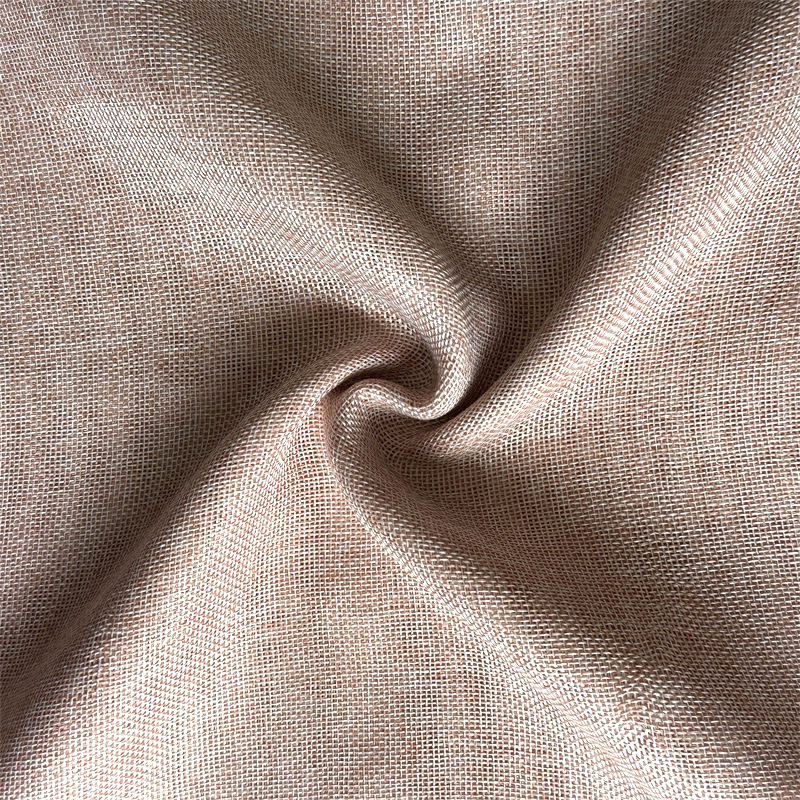
2. Improved Wrinkle Resistance
One of pure linen’s main drawbacks is its tendency to wrinkle easily. Polyester fibers help counteract this by adding structural stability and wrinkle resistance. For summer outfits, this means you can look neat and fresh even after hours of wear. For home textiles, curtains and tablecloths maintain a more polished appearance with less ironing.
3. Moisture Management
Linen naturally absorbs moisture and dries quickly, which is ideal for hot and humid conditions. Polyester contributes by preventing excessive shrinkage and maintaining fabric shape after repeated washing. The result is a fabric that remains comfortable against the skin and practical for household use.
4. Durability and Longevity
Summer clothes and home textiles undergo frequent washing due to sweat, dust, and humidity. Pure linen can weaken over time, especially along creases. Polyester strengthens the fabric, making it more resistant to tearing, abrasion, and long-term wear. This durability ensures that summer clothing lasts through multiple seasons, and home furnishings withstand daily use.
5. Versatility in Style and Design
Polyester linen fabric can be woven in various textures, from smooth and refined finishes suitable for office wear to coarser, rustic looks ideal for casual summer dresses and decorative cushions. It also takes dyes well, offering vibrant color options for fashion and interior décor.
Drawbacks to Consider
While polyester linen fabric has many benefits, it is not without limitations when used in hot weather.
-
Reduced Cooling Effect Compared to Pure Linen
Polyester is less breathable than natural fibers. Depending on the blend ratio, polyester linen fabric may feel warmer than pure linen, especially in very humid climates. -
Potential for Static Build-Up
Polyester tends to generate static electricity, which can cause slight discomfort in dry environments. Linen helps counterbalance this effect, but it may still be noticeable. -
Environmental Concerns
Linen is biodegradable and eco-friendly, but polyester is a petroleum-based synthetic fiber. While blends improve fabric functionality, they also reduce the overall sustainability of the material. For eco-conscious consumers, this can be a downside.
Applications in Summer Clothing
Polyester linen blends are widely used in summer fashion, offering a mix of practicality and style.
1. Lightweight Tops and Shirts
Blouses, casual shirts, and office tops made from polyester linen allow the skin to breathe while resisting wrinkles. They are ideal for professional settings where appearance and comfort are equally important.
2. Dresses and Skirts
Flowy summer dresses benefit from the drape and softness of polyester linen, while skirts maintain structure without feeling too stiff. These garments combine elegance with comfort in hot climates.
3. Pants and Shorts
Linen-blend trousers and shorts offer a relaxed summer vibe with added strength from polyester, preventing sagging or excessive wrinkling during long wear.
4. Casual Jackets and Blazers
For cooler summer evenings, lightweight blazers in polyester linen are stylish and breathable alternatives to heavy cotton or wool blends.
Applications in Home Textiles
Polyester linen fabric is equally popular for home furnishings, particularly in warm-weather settings where airy interiors are preferred.
1. Curtains and Drapes
The fabric’s lightweight texture and breathability allow natural light to filter through while maintaining privacy. Wrinkle resistance means curtains remain elegant without frequent maintenance.
2. Upholstery
While pure linen upholstery can wear down quickly, polyester linen blends are durable enough for sofas and chairs. They balance comfort with practicality, especially in high-traffic areas.
3. Tablecloths and Runners
The wrinkle resistance and durability of polyester linen make it an excellent choice for summer dining décor. It offers the look of natural linen while being easier to clean and maintain.
4. Bedding
For summer nights, polyester linen sheets and pillowcases provide a cool and breathable sleep environment with added strength to withstand frequent washing.
Care and Maintenance Tips
To maximize the longevity of polyester linen fabric in summer use:
- Wash in cold or lukewarm water to preserve fiber strength.
- Avoid harsh detergents that may weaken linen fibers.
- Air-dry when possible to maintain fabric texture and reduce energy use.
- Iron on low heat if necessary, though most blends require minimal ironing.
- Store in a cool, dry place to prevent mold or mildew during humid months.
Sustainability Considerations
Consumers increasingly care about the environmental footprint of fabrics. While polyester linen blends are practical, they are not as eco-friendly as pure linen due to polyester’s synthetic origins. However, advances in recycled polyester are helping reduce this impact. Choosing polyester linen products made with recycled fibers can strike a balance between performance and sustainability.
Final Verdict: Is It Suitable for Summer?
Yes, polyester linen fabric is suitable for summer clothing and home textiles, provided that the blend ratio favors linen for breathability. It offers:
- Comfort and ventilation for warm climates.
- Durability and easy care compared to pure linen.
- Versatility in fashion and interior design.
However, for extremely hot and humid regions, consumers seeking maximum cooling might still prefer pure linen. For those who value practicality, wrinkle resistance, and longevity, polyester linen blends represent an ideal compromise.
Conclusion
Polyester linen fabric has carved out a valuable niche in the textile industry by combining the natural coolness of linen with the resilience of polyester. Whether used for lightweight summer dresses, breezy curtains, or durable tablecloths, it delivers a functional and stylish solution for the challenges of hot-weather living.
Ultimately, the fabric’s suitability comes down to individual needs and climate conditions. For many people, polyester linen blends provide the perfect balance of comfort, style, and practicality during summer.


 中文简体
中文简体 Español
Español